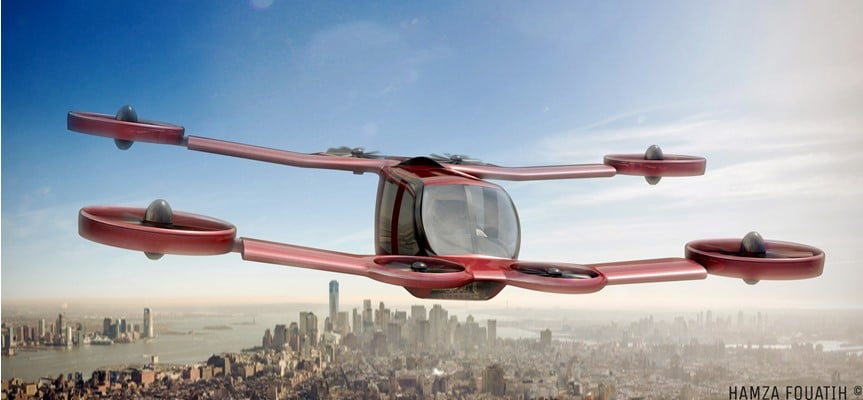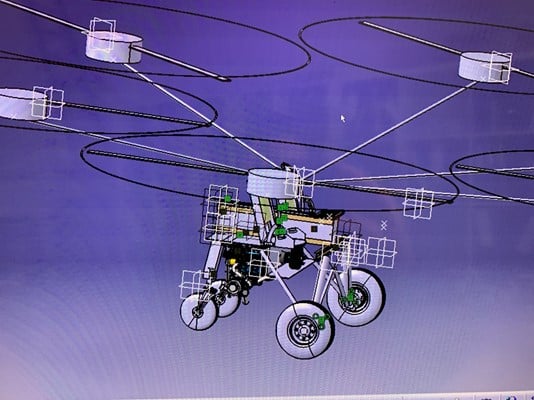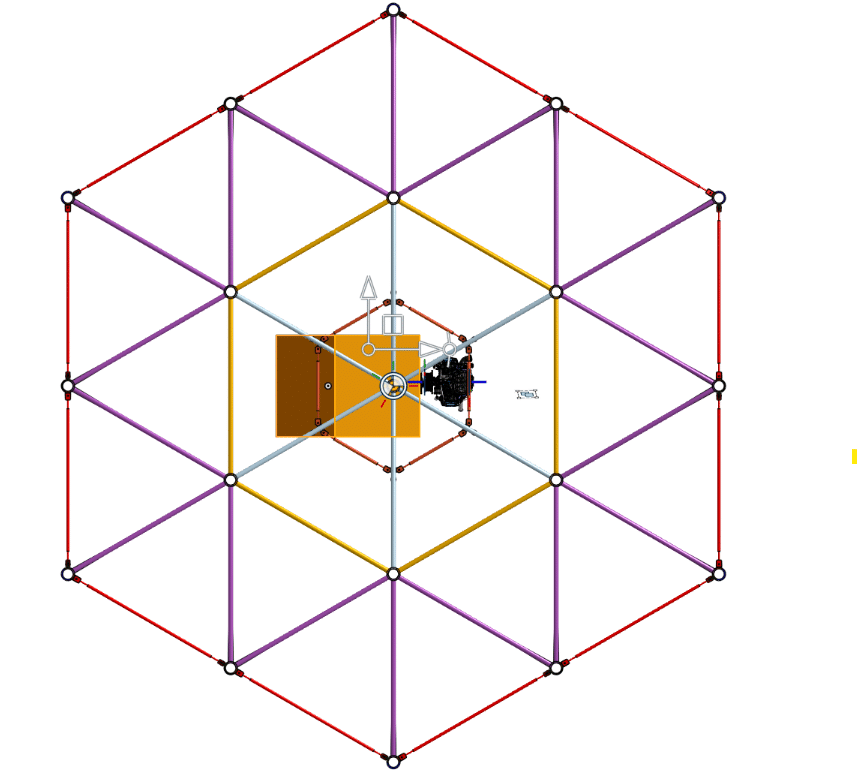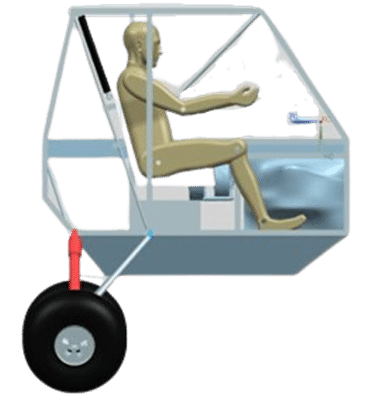Project History
The Mini-Bee project was launched in January 2015 to explore the potential of individual air transportation. By 2022/2023, it had evolved into a dynamic R&D collaborative initiative involving both academic institutions and industrial partners.

At the 2015 Paris Air Show, the first Mini-Bee mock-up was presented—receiving enthusiastic feedback. Following this, studies led by multiple universities took shape, and TRL1 was achieved by June 2016.
During summer 2017, the project reached TRL2 and was showcased again at the Paris Air Show. With participation from over 15 universities and 10 industrial players, TRL3 began soon after.
In 2018, the team made significant progress in propulsion systems and hybrid configuration. A full-scale mock-up was built, allowing ergonomic validation and interior layout refinements.
By 2019, the Mini-Bee had been unveiled to the public at the Paris Air Show. With its futuristic design and innovative electric-hybrid architecture, the aircraft attracted widespread attention and acclaim.

The project gained momentum. Engineers, designers, and propulsion specialists joined forces, refining the aircraft’s structure, energy management, and control systems.
Mini-Bee was no longer just a prototype; it had become a symbol of advanced, collaborative innovation in electric VTOL aviation.
Mini-Bee Hybrid VTOL for Air Ambulance
Revolutionizing Medical Emergency Response
Medical emergencies demand rapid and reliable transportation. Ground ambulances face traffic and infrastructure challenges, while helicopters are costly and limited in access. Mini-Bee Hybrid VTOL offers a bold new solution, combining the flexibility of a helicopter with the range and efficiency of a fixed-wing aircraft.
Equipped with both electric and combustion systems, Mini-Bee Hybrid VTOL ensures lower emissions, extended range, and optimal performance. It can quickly reach patients in dense urban zones or remote areas, providing timely care where it’s needed most.
The aircraft supports up to four occupants, including patients and medics, and includes room for essential equipment. Its autopilot and avionics ensure precision navigation in the most complex scenarios.
The concept was born in 2015 out of a mission to improve emergency response in both urban and underserved areas. Following rigorous testing and simulations, the VTOL received certifications and was deployed in real-world medical scenarios.

Since its introduction, the Mini-Bee Hybrid VTOL has received widespread praise not just in healthcare, but also in rescue, military, and law enforcement sectors.
This aircraft represents what is possible when engineering innovation meets real-world urgency.
The Mini-Bee Project operates under a Lesser Open Source License, promoting transparent collaboration. All documentation for open-source components is accessible via the official wiki:
Interested in the broader development effort? Visit:
https://www.collaborativebee.com
https://www.technoplane.com
History of VTOL Hybrid Multicopter Projects
VTOL hybrid multicopters combine the vertical lift of helicopters with the speed and range of fixed-wing aircraft. These systems evolved from early concepts like the autogyro (1923) and the helicopter (1939), to the modern hybrid drones of today.
Recent years have seen an explosion in hybrid VTOL development for defense, delivery, agriculture, and urban transport, powered by electric or hybrid propulsion and often piloted autonomously.

Hybrid configurations make it possible to take off vertically in tight spaces and cruise horizontally at higher efficiency. From environmental monitoring to tactical operations, hybrid VTOLs are redefining mission flexibility in the air.
Urban Air Mobility: The Next Frontier
Urban Air Mobility (UAM) technologies offer a cleaner, faster alternative to congested ground transportation. With electric power and vertical lift, eVTOL aircraft promise to revolutionize urban logistics and passenger travel.
- Shorter commute times
- Low-emission flight
- Autonomous operation
- Scalable infrastructure

Collaborative Innovation
Mini-Bee is the result of open collaboration between researchers, developers, engineers, and dreamers. Together, they are building the next generation of vertical mobility systems through hybrid propulsion and advanced avionics.
Mini-Bee is more than a concept — it’s a statement. A commitment to more sustainable, accessible, and adaptable air mobility for the world of tomorrow.
Mini-Bee is more than a concept — it’s a statement. A commitment to more sustainable, accessible, and adaptable air mobility for the world of tomorrow.
